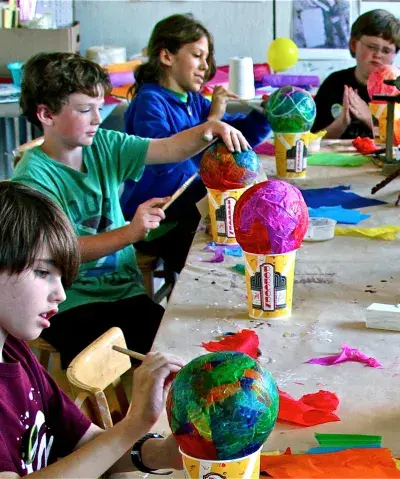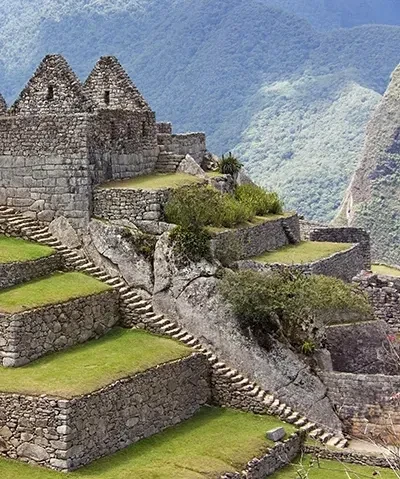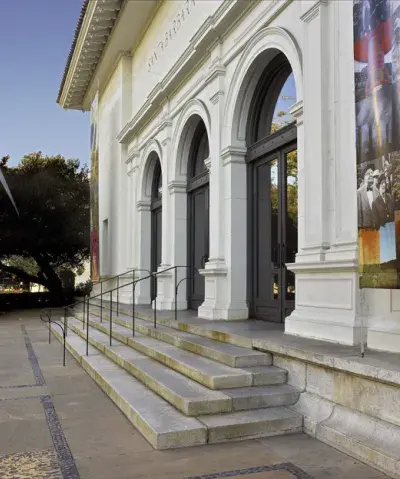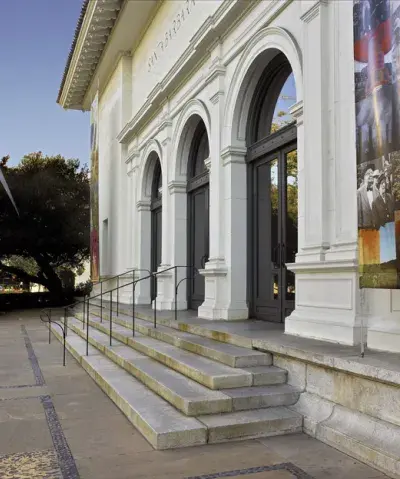Puja and Piety
This exhibition celebrates the complexity of South Asian representation and iconography by examining the relationship between aesthetic expression and the devotional practice, or puja, in the three native religions of the Indian subcontinent. Drawn from SBMA’s collection and augmented by loans, the exhibition presents some 160 objects of diverse medium created over the past two millennia for temples, home worship, festivals, and roadside shrines. From monumental painted temple hangings to meditation diagrams and portable pictures for pilgrims, from stone sculptures to processional bronzes and wooden chariots, from ancient terracottas to various devotional objects for domestic shrines, this exhibition aims to examine and provide contextualized insights for both classical and popular works of art.
This exhibition is accompanied by a catalogue featuring an introduction by the eminent art historian and curator Pratapaditya Pal, and accessible essays on each religious tradition by John E. Cort, Stephen P. Huyler, and Christian Luczanits.
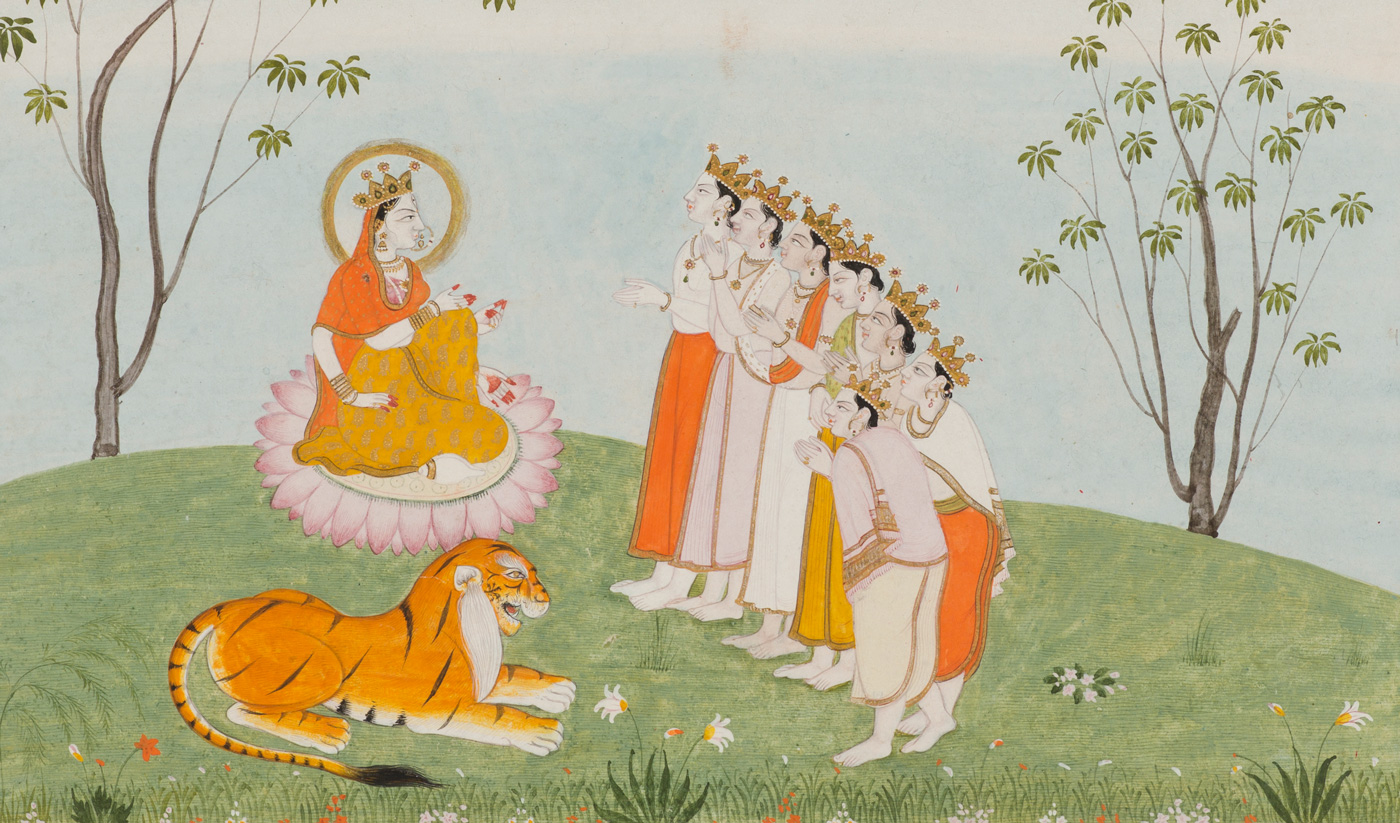
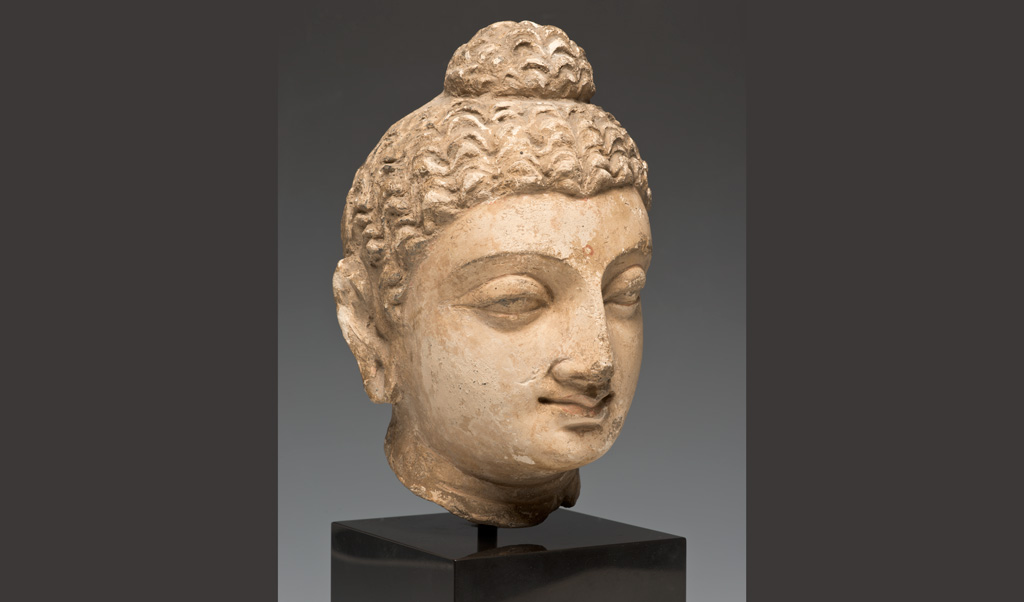
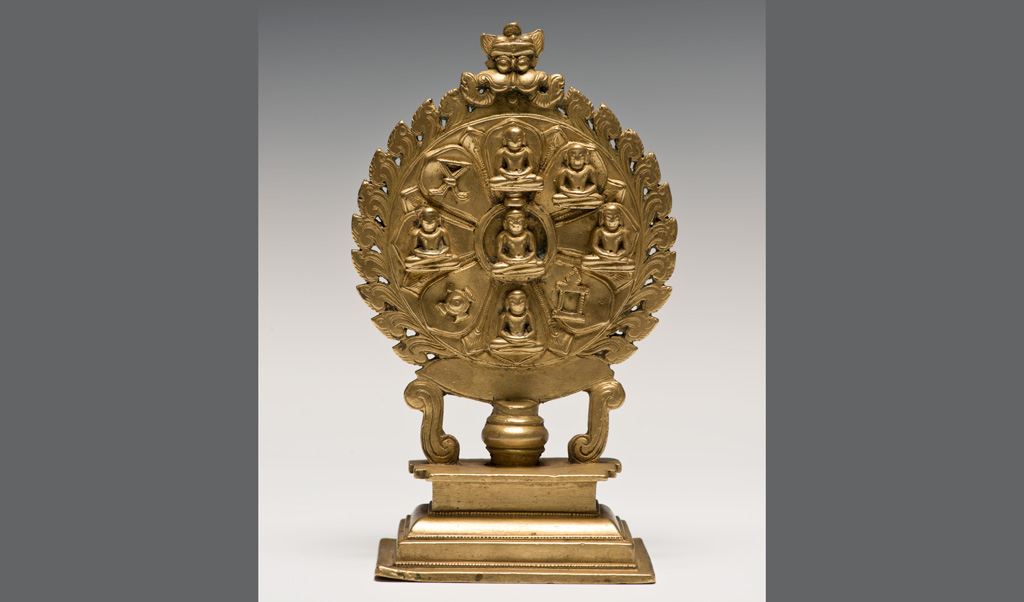
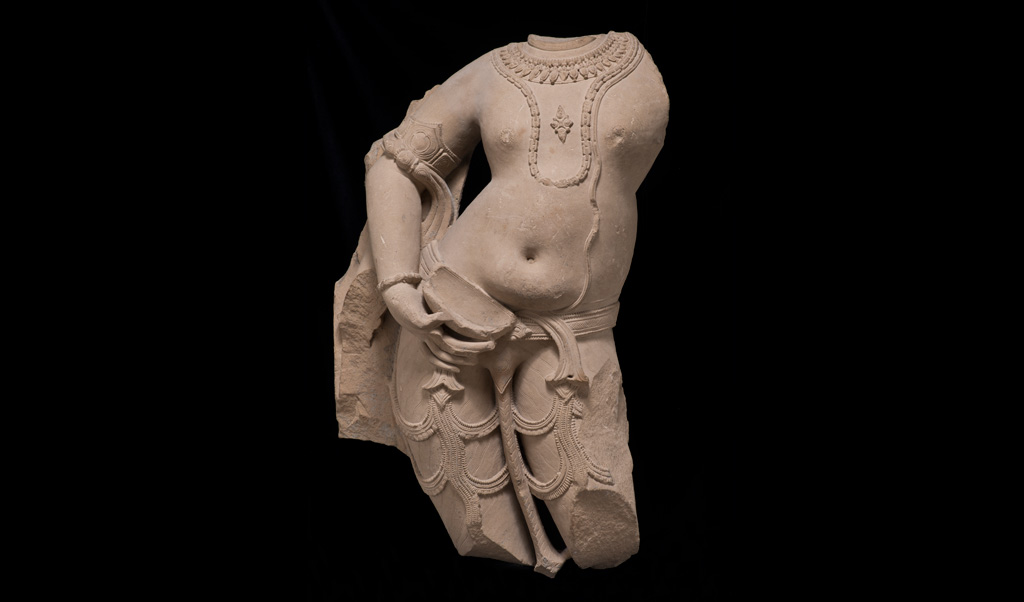
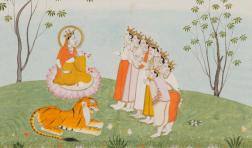
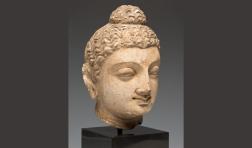
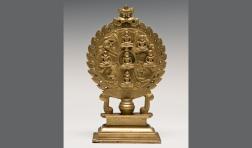
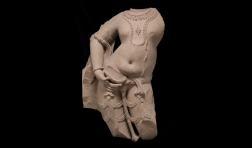
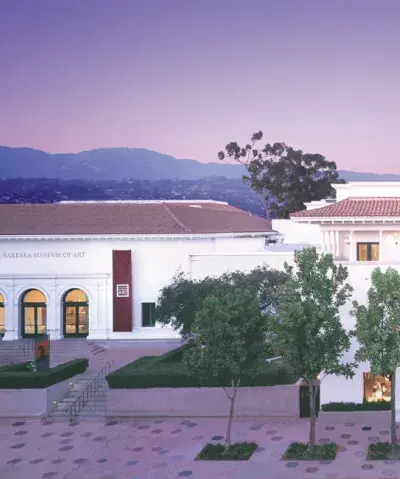
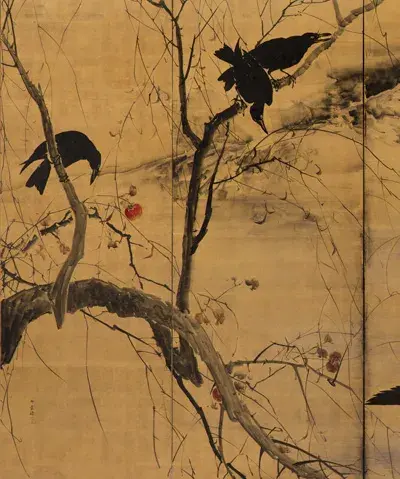

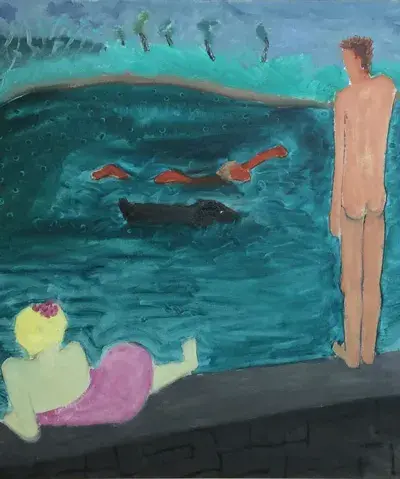
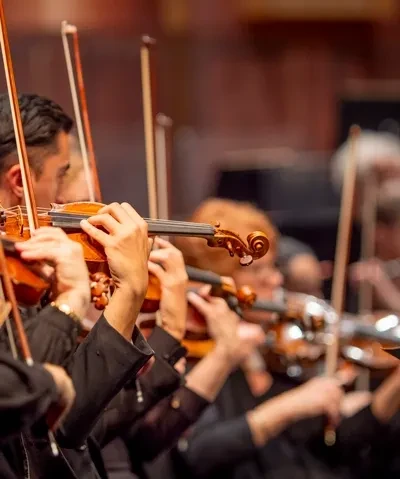


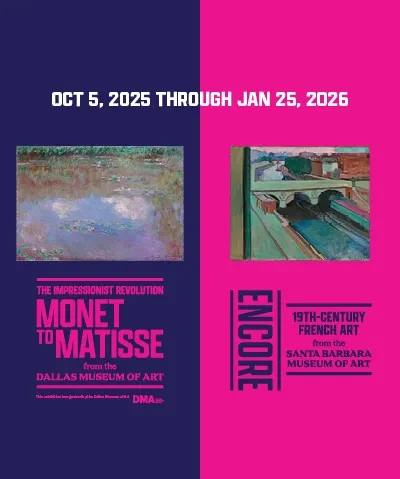
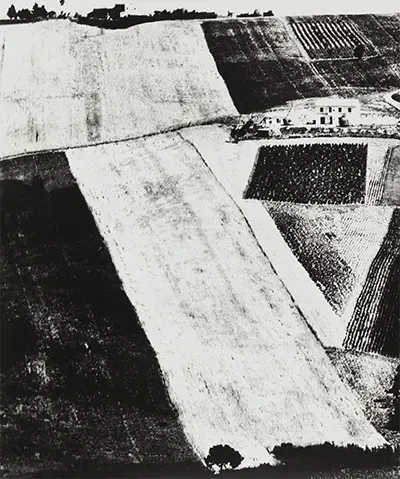
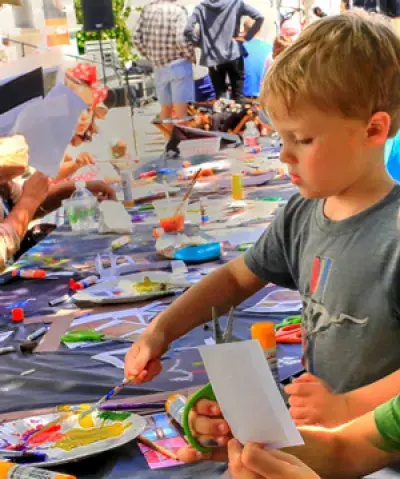

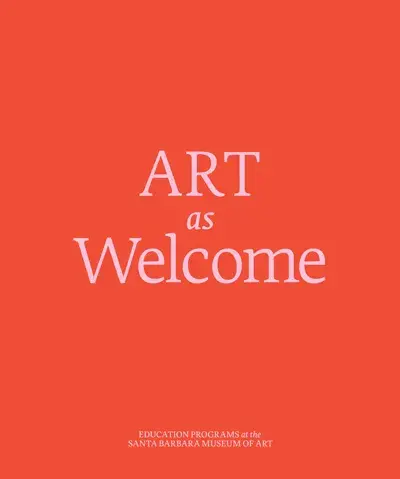
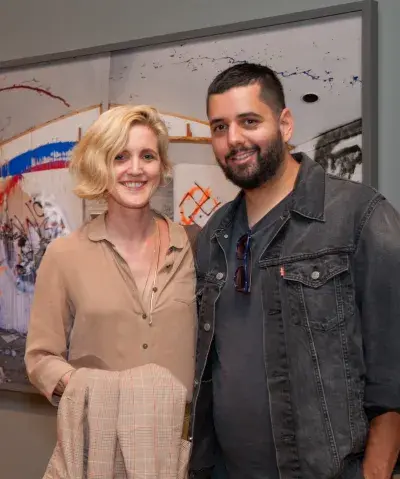
![memberseve[1]](https://www.sbma.net/sites/default/files/styles/menu_thumbnail_400_480/public/menu/memberseve%5B1%5D.jpg.webp?itok=hIz01lpc)
